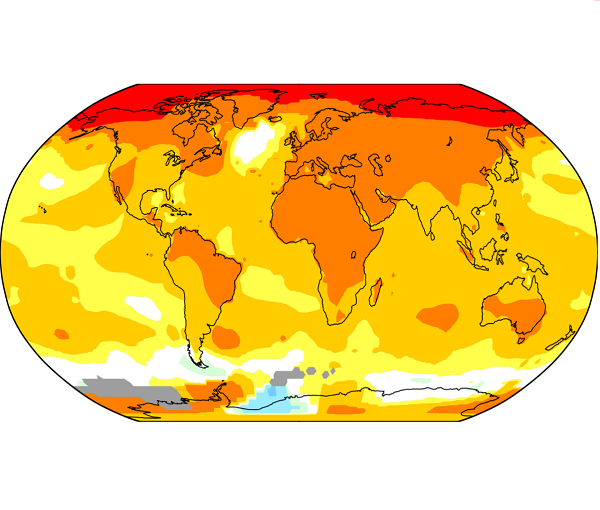
Innovatice Solution fo Continuous Monitoring of Critical Infrastructures and Natural Hazards

SIMOIR aims at filling the current gap in the available offer of products / services for the continuous monitoring – at low cost and high precision – of micro displacements of land and infrastructures.
THE PROJECT
The project is structured as follows:
- a software platform (Cloud) engineered to be able to scale up to reach the digestion capacity of many thousands of competing monitoring points with the reliability and necessary performance to provide a high quality service;
- a software platform (Cloud) designed to increase its functionality to meet market needs;
- development of a pilot project and validation of the results to demonstrate their technological maturity.
The project was validated on tests carried out through a pilot project that includes two landslide sites in the Cinque Terre National Park, for the continuous monitoring of landslides and an assessment of the correlation with atmospheric events (rainfall and soil moisture).
The monitoring of the sites will continue even at the end of the financed project, so as to constantly improve the refinement of the landslide forecast models.
According to a preliminary market survey, there is no evidence of a continuous monitoring service for critical infrastructures combining high precision micro-displacement measures, low-cost GNSS technology and an end-to-end service offered directly to customers. The competitive scenario is represented by global actors such as Leica Geosystems, Topcon and Trimble and various local players. The business models of global players are mainly based on product sales, while related services are only accessory services. On the other hand, local players base their offer on the high cost of traditional geodesic GNSS equipment.
Each industrial segment that may be interested in the project is characterized by specific requirements and requirements, for which the competitive scenarios are different. The closest concurrent solution in terms of technology is, of course, the use of geodetic-class GNSS receivers (dual frequency), which, however, are considerably more expensive than the low-cost (unreliable) single-frequency receivers that will be incorporated in the measuring unit (GMU), an integral part of the project. Furthermore, the GMU basically functions as a “hub” for various types of environmental sensors, collecting data and transmitting them with the most suitable means (LAN, 3G, radio, satellite). So the GMU will evolve from a simple geodetic receiver to a complex environmental station, capable of collecting other measurements such as temperature, spatial positioning using accelerometers, atmospheric pressure and relative humidity, which in any case are very useful for improving positioning performance GNSS. It should also be taken into account that other geodetic class equipment is not designed to connect different types of digital / analog sensors, such as solar radiation, wind speed, etc., as will be done with GMUs.
CONSORTIUM
The consortium of the project is composed by:
GRed is a spin-off of the Politecnico di Milano – Department of Civil and Environmental Engineering, founded in March 2012. GRed deals with the development of state-of-the-art geomantic solutions. The main areas of competence are:
- Geodesy and applied geophysics;
- GNSS applications (Global Navigation Satellite Systems) with high precision positioning and navigation.
The GRed office is located at ComoNExT. ComoNExT is an initiative undertaken by the Chamber of Commerce of Como, within the framework of social development projects aimed at strengthening the competitiveness of the local economy. The ComoNExT members are Como Chamber of Commerce (50%), Intesa Sanpaolo (15%), Credito Valtellinese (15%), Mutua savings banks (15%) and Commercial Associations of the Province of Como (5%). Based on the skills listed above, the GRed offers are as follows:
- Algorithms and software development to perform best geomatic edge solutions based on customer needs and objectives (see previous a and b ..);
- Consultancy services in the field of geomatics to support the institutions of the sector and the government to better face and carry out innovative projects (see previous a and b.);
The participation of DISTAV – University of Genoa allows to support experts at national level in the management of risk prevention and territorial analysis. Their advice makes it possible to obtain assessments on the field related to the study of the context where the installation and correct positioning of the organization takes place. The geotechnical and topographical knowledge of active and quiescent landslides will allow us to define criteria for effectively processing the data coming from the sensors. The data collected can be used for warning systems or the production of guidelines that guide the planning, design and execution of measurements. mitigation of hydrogeological and geomorphological risk for infrastructures or soil management.
SYNOPSIS
COORDINATOR
PROGRAM
POR 2014-2020 – Asse 1 – Azione 1.2.4 – Progetto POS 88
START DATE
DURATION
24 months

